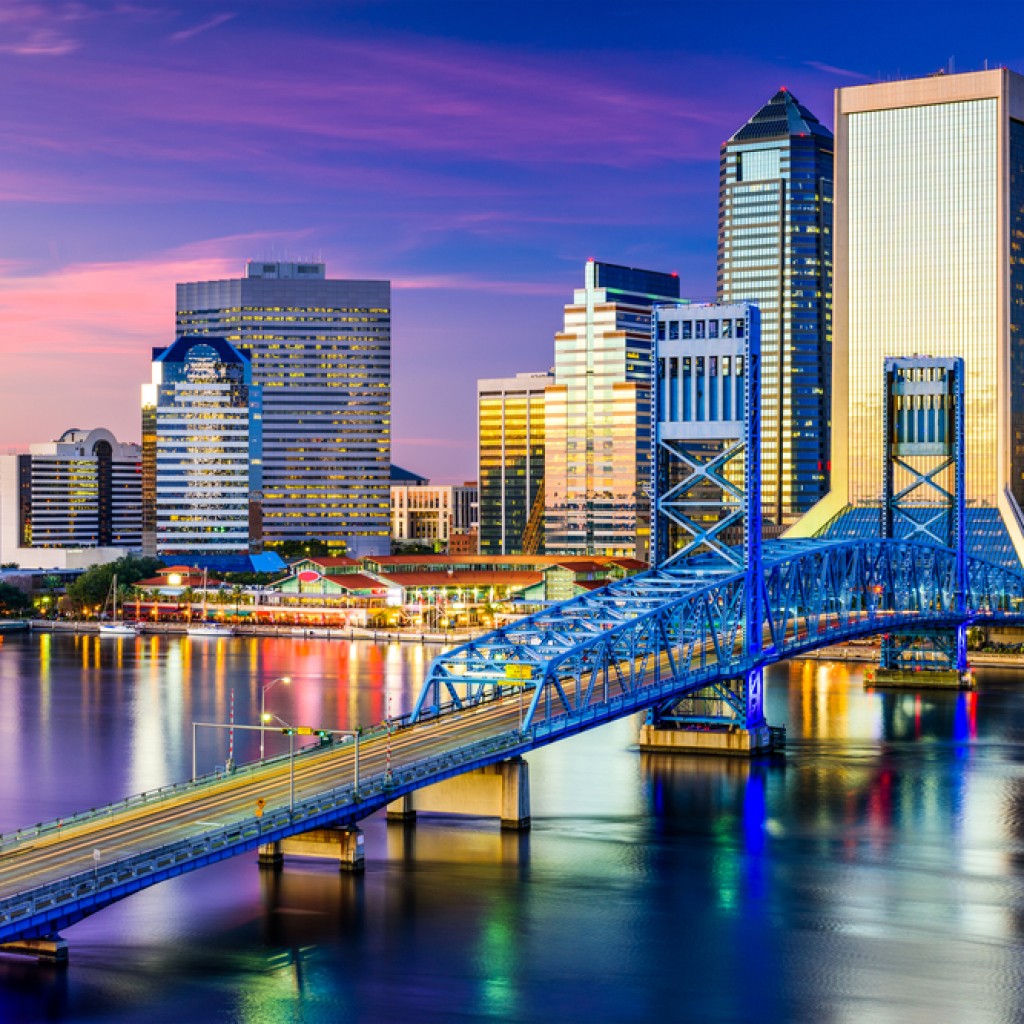
On Friday, the Jacksonville City Council Economic Development Special Committee discussed a wide range of issues related to public investment, ranging from the Downtown Investment Authority to economically distressed areas.
The highlights:
- A discussion of films revealed that the Film and Television office is getting calls “weekly” related to potential film and television projects, including reality television projects, in Jacksonville (where there is no shortage of reality TV material). $300,000 is requested to help with city incentives. Those inquiring are curious about state incentives as well. The goal: the highest return on investment for the city. Opportunity costs, using city facilities, also come into play. The goal, said Dave Herrell of Sports and Entertainment: having the tool in the tool belt. Chairman John Crescimbeni recommended that ROI be the driver of potential incentive allocation to projects, while Herrell brought up the importance of “striking while the iron is hot” to close the deal.
- Aundra Wallace of the DIA was up next, discussing the retail enhancement program, which is limited to 50 percent of the renovation costs for new retail. Also discussed: the “multi-family rev” program, which could include workforce and low-income housing possibilities, and the “commercial revitalization program,” which benefits the tenant, rather than the developer.
- All of these factors benefit the Downtown Conceptual Master Plan, which is intended to reinforce Downtown as Jacksonville’s epicenter by 2025, and increase the housing concentration, which now is just 4,000 people downtown, despite a 98 percent rental occupancy rate. Facilitating that: simplifying the permitting and zoning process, which is something Lenny Curry ran on last year, to boost new construction. Restorations, said Wallace, were key in the core downtown area, and would be “incentivized heavily to get this going” to vetted developers.
- Wallace noted that financing for such projects is slowing down, as the portfolio of multi-family projects of the big players nationwide is close to being overweight. Council President Greg Anderson said price per square foot has gotten healthier in rental properties, again a sign of a rental market cresting toward the peak of a bubble. Properties like 220 Riverside in Brooklyn, open a year, are already raising rents, corroborating that reportorial read.
- Also discussed: the retail inventive program, for companies like Jimmy Johns and Urban Grind Coffee, in the core. This is rooted in forgivable loans, said Wallace, which allow companies to come downtown and fulfill consumer needs. Projects such as Project Revere, which brought Sungard to the Southbank with 250 new jobs, are also part of the puzzle, Wallace said. As are incentives for the Cowford Chophouse and 20 West Adams, which will be mixed-use with student housing and retail on the bottom level.
- One reason Wallace favored retention of the Skyway: projects like the Lofts at Lavilla, recipient of a $325,000 loan which could be forgiven over 20 years, score favorably with state bond agencies because of its proximity to mass transit, a key component of workforce housing’s viability. (An issue often brought up regarding anemic development in Northwest Jacksonville: lack of viable transit options to jobs.) “If it flips and goes market rate, they have to pay the $325,000 back,” Wallace said.
- OED head Kirk Wendland then launched into a discussion of ROI metrics, related to economically distressed areas. The methodology used to determine unemployment has Duval County’s rate at 12.4 percent over a five-year span, which is a more realistic measure than the artificially low federal rate. One census tract, 10, has 60 percent unemployment, with myriad others over 20 percent real unemployment. A number of census tracts have poverty rates over 25 percent, with 10 leading the pack with a staggering 65 percent of people in poverty. The correlation between poverty, unemployment, household income, and housing value determines a distressed area, and if three or more are 25 percent or more above that average, those areas are distressed.
- Council President Anderson took issue with the calculations, noting that the housing price bubble would inflate the value of homes in a way that doesn’t jibe with five-year calculations. That said, the most distressed tracts in Northwest Jacksonville, parts of the westside, and of the eastside, largely did not benefit from the post-2011 housing price boom, corroborating Wendland’s analysis. They have four of four possible “distress factors.”

